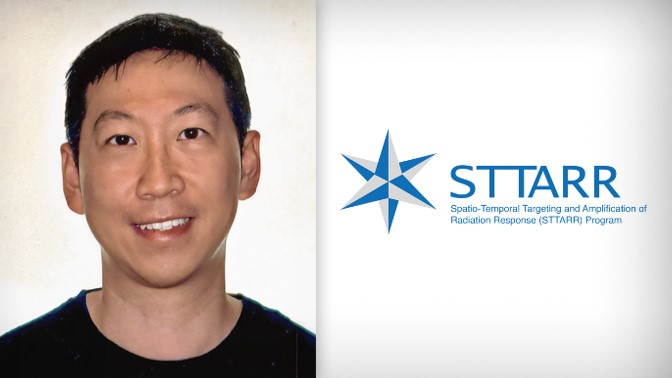
An Interview with Napoleon Law

An interview with Napoleon Law, the lead histotechnologist of STTARR's histopathology core at UHN
What is your professional background, and how has it prepared you for your current role?
With a background in Veterinary Technology from the University of Guelph and over twelve years of experience at the pathology core at The Centre for Phenogenomics, I am well-equipped for my current role as a Lead Histotechnologist at STTARR's histopathology core. Holding board certification from the American Society of Clinical Pathology (ASCP) ensures I maintain international standards and deliver high-quality histology work.
Building up the histopathology core at STTARR has been a fulfilling journey, driven by the mission to maximize its potential and serve the research community at UHN, academic institutes and industry partners. The core has successfully filled the service gap in specialized histology technical support for preclinical research projects. As the demand for our specialized histology services grows, our core has expanded from a one-person lab to a dedicated team of five skilled histotechnologists.
How does your role and the STTARR Histopathology Core advance research at UHN?
We cater to a diverse range of histology requests and support a variety of research areas that include organ transplantation, cancer research, immunotherapy, neuroscience and more. As the lead histotechnologist, I provide consultation and technical services to ensure that clients get the most out of the facility. Another part of my job is to be proactive and stay knowledgeable about the rapidly evolving technologies in the field.
As a team, we offer histology services to the academic and industry community. These services include fixed tissue processing, microtomy (paraffin and frozen), immunohistochemistry, special stains, and in situ hybridization. We also specialize in working with animal model tissues and clinical samples. Our location, near the Animal Resources Centre (ARC), enables us to provide quick turnaround for time-sensitive projects.
Tell us about the challenges that you face in your field and how you overcome them.
Our team's unique skills and backgrounds enable us to tackle problems together. We have implemented a robust record-tracking system that ensures accuracy and supports quality control measures. Each request receives a unique case ID that is used to label tissue cassettes and microscope slides associated with the project. This systematic approach ensures a traceable workflow from sample intake to staining protocols. It also enables us to maintain meticulous record-keeping so that we comply with Good Laboratory Practice (GLP) standards. Our commitment to these standards is vital for preclinical research data submitted for review.
What excites you about recent histopathology advancements?
Histopathology is a crucial diagnostic tool. Technologies such as mRNA labeling have enabled researchers to identify specific cell types and study spatial gene expression in tissue sections, complementing single-cell sequencing data. The digitization of microscopic slides has facilitated high-throughput analysis using quantitative software. Most recently, our core is using tissue sections to train artificial intelligence systems for pathological feature identification and prognosis. The team at STTARR is excited to see what the future brings and we look forward to continuing to meet the evolving demands of the UHN research community.
To learn more about STTARR's histopathology core or send inquiries, please email sttarr@rmp.uhn.ca